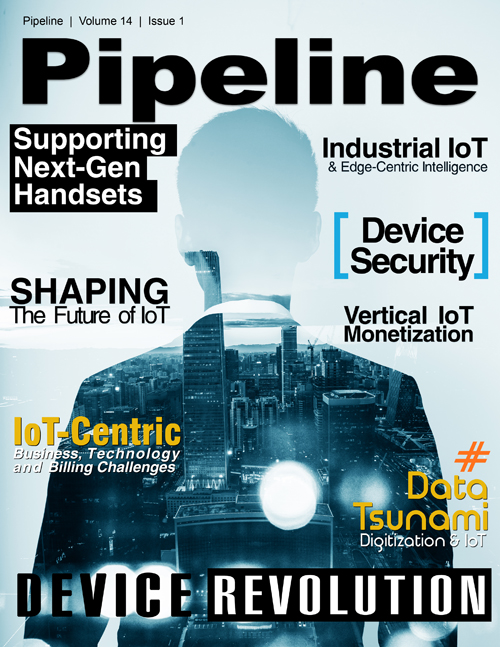Preparing for Tsunami of Data
 The move to digitize everything is entering an inflection point that leads to an extremely large increase in data volume. Even single applications are beginning to create Exabytes of
data. Current planning in the industry around 5G indicates that many participants are thinking that things will be essentially the same, just bigger. This will not be the case. They
will be unprepared for the tsunami of data unless there are fundamental changes in the ways CSPs and enterprises architect and operate their networks.
The move to digitize everything is entering an inflection point that leads to an extremely large increase in data volume. Even single applications are beginning to create Exabytes of
data. Current planning in the industry around 5G indicates that many participants are thinking that things will be essentially the same, just bigger. This will not be the case. They
will be unprepared for the tsunami of data unless there are fundamental changes in the ways CSPs and enterprises architect and operate their networks.
The last time the industry went through a fundamental change of this importance was with the introduction of the iPhone. AT&T was the first — and because of Apple’s business model at the time — the only carrier to introduce the iPhone. It planned for things to be the same, just bigger. Years later, as Apple’s business model has opened up to others, CSPs have had the advantage of hindsight to guide their preparations.
What is different about the impending data tsunami is all CSPs will be hit at the same time. Without forethought and preparation, there will be serious network and performance ramifications and significant costs associated with recovery.
The human body with its distributed ganglions and lymph nodes provides a model for what CSP preparations should look like, with architecture stores and information processed in a distributed fashion — much of it close to the edges.
Predicting the future is at best, “looking through a glass darkly," so it is helpful to look at indicative current and near-term examples in aerospace, factory automation, medicine, 3D printing, and autonomous vehicles in order to understand the size and scope of the tsunami.
Aerospace: Rolls Royce and Boeing jet engines now have, by weight, more digital equipment than propulsion equipment. A typical transcontinental flight using these engines now generates 6.5 Terabytes of data. Given the number of long haul flights, this means in the order of 10,000 Terabytes of data a day. The amount of data is too big for centralized Big Data.
Automated manufacturing: This industry has progressed to the point that metadata and control plane data are extremely valuable — so much so that manufacturing operators want to ensure it remains in their plants., the security concern being that competitors trying to reverse engineer products would covet this data.





















